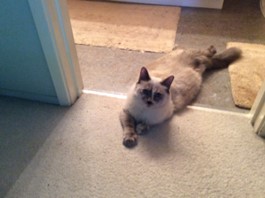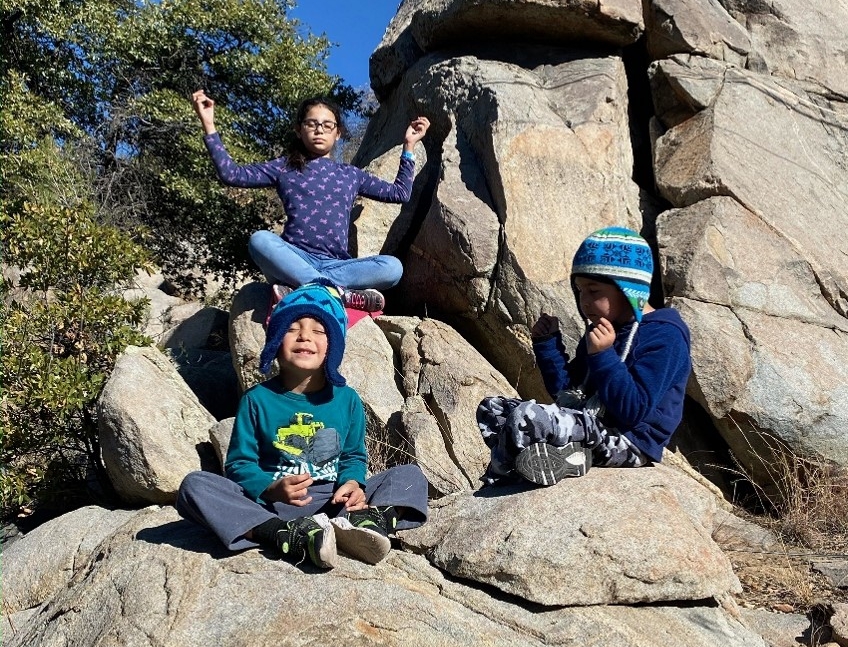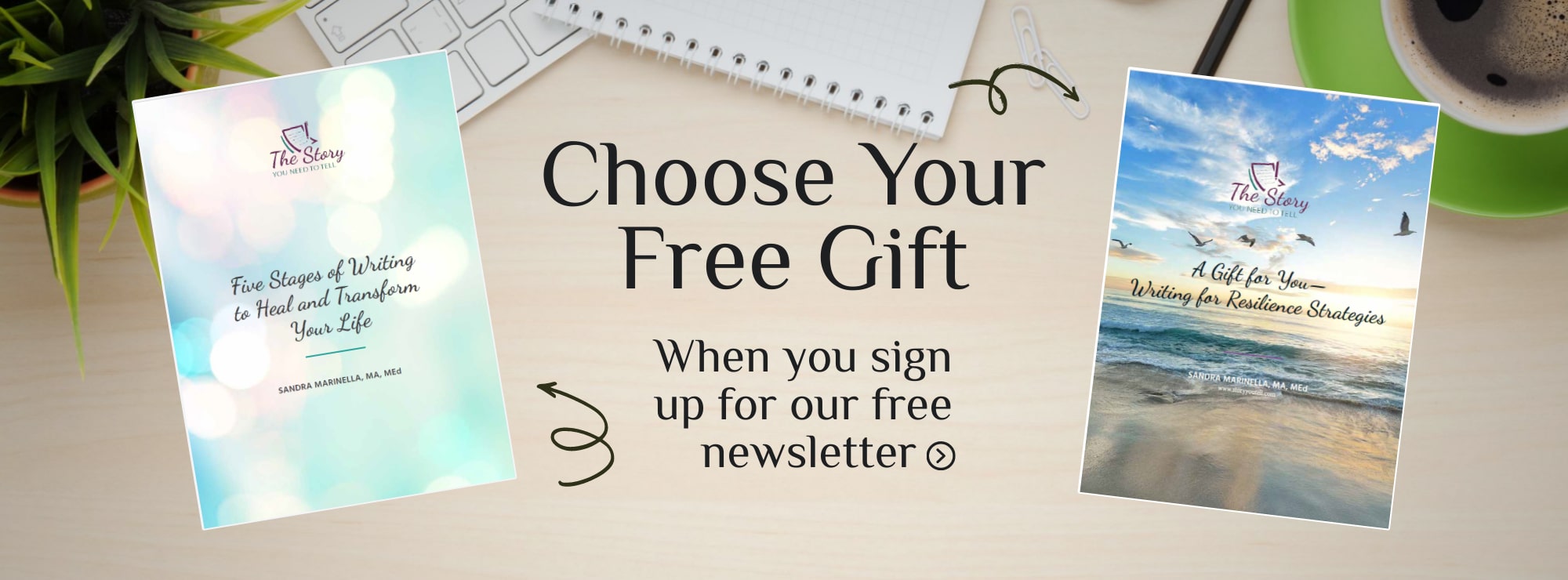Being in the Moment
I think the ocean was my first teacher of “be in the present.” As a child, my family would race to the Atlantic Ocean every summer to meet up with my cousins. There we ate hot dogs dripping with mustard and battled the waves that seemed as tall as skyscrapers. We howled at the stories of green-winged monsters my brother dug from his imagination, and we played Monopoly long past our bedtimes. I can see those memories like a Panavision film in my mind. I remember them vividly because I was there. In the moment. Children are so good at being present.
Over these many years, there was a move. A job. A new husband. Children. Life becomes hurried and fast. We forget how to hold a moment and the magic of it.
In my forties, I took a class on meditation to slow me down. It did. A bit. I liked how it taught me the importance of my breath. Later I read The Miracle of Mindfulness by the master of mindfulness, Thich Nhat Hahn. I wanted to like it, but at that time I could not embrace the thinking. But the message lingered in my mind.
In the book, Nhat Hahn describes his experience decades ago as a young novice monk at Tu Hieu Pagoda where he was assigned daily to wash the dishes for over one hundred monks. Without soap he had to use ashes, rice husks, and coconut husks to clean the dishes. During the winter when the water was freezing cold, he had to heat a big pot of water before he could begin scrubbing. It must have been a Herculean task. But he allowed the experience to be his teacher. He wrote:
“While washing the dishes one should only be washing the dishes, which means that while washing the dishes one should be completely aware of the fact that one is washing the dishes. At first glance, that might seem a little silly: why put so much stress on simple things? But that’s precisely the point. The fact that I am standing there and washing these bowls is a wondrous reality.”
The great teacher explained that when his friend Jim came to visit, he asked to do the dishes. Thich Nhat Hahn explained that first Jim needed to learn how to do the dishes. This must have puzzled Jim as it did me. Jim was told by the great monk, “There are two ways to wash the dishes. The first is to wash the dishes in order to have clean dishes and the second is to wash the dishes in order to wash the dishes.” Jim understood the wisdom in choosing “to wash the dishes to wash the dishes.” But I was baffled.
I was a young mother with two high-energy sons who needed my attention, a husband who was struggling to build a business and days filled with 150 high school students. I could not conceive of spending time “in the moment” with the dishes. I just wanted them clean—and now!
But the wisdom of the monk had seeded in me. While it would take years, his thinking began to make sense. It is important to try and be here fully in what we do. Even when washing the dishes. Last week at the beach with my grandkids, I relearned this lesson. Two-year-old Evy came up to me. She had been sculpting sandcastles all morning. With joy she handed me a ball of wet, gooey sand. She glowed like her gift was gold.
Without words Evy had communicated the beauty of being in the here and now at the beach. I knew what to do. I tossed my book aside, and I joined her, digging my fingers deep into the gritty sand. Seeing the joy on Evy’s face as I sculpted a new castle with her, I felt the power of being at the beach when you are at the beach. I will try to remember this even when I wash the dishes.
This morning I found my old copy of The Miracle of Mindfulness. In it Thick Nhat Hahn wrote: “If while washing dishes, we think only of the cup of tea that awaits us, thus hurrying to get the dishes out of the way as if they were a nuisance, then we . . . are sucked away into the future–and we are incapable of actually living one minute of life.”
I am grateful that this idea is taking hold in me. In truth I have always embraced the future and made plans for it. That will never stop being important to me. In writing in my journal, I value being able to reflect on my life and how to make it fuller and richer. But finally, I am making more room for building sandcastles and magical moments. May we live and celebrate what we have now.



